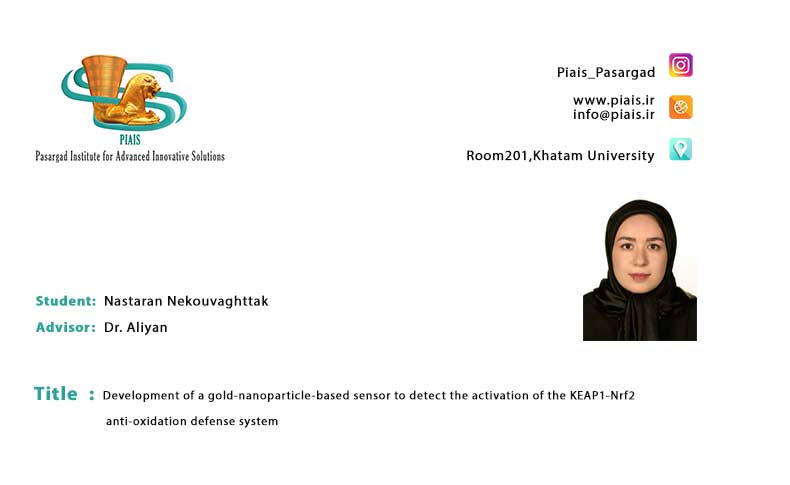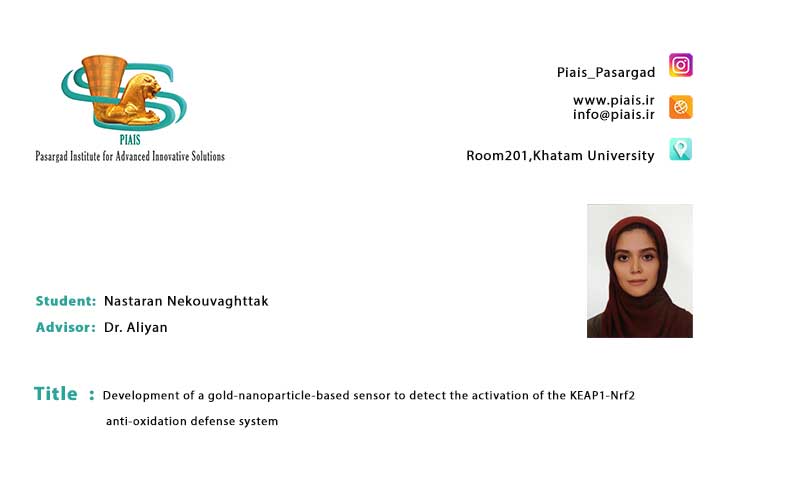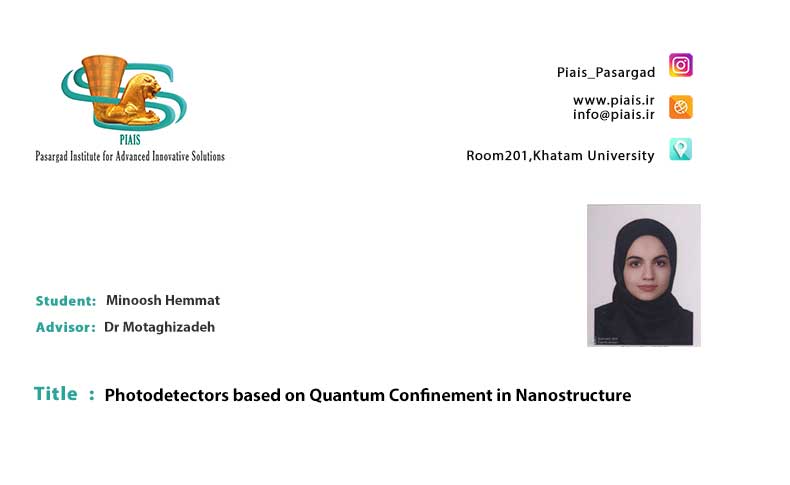
Synthesis and characterization of silica nanoparticles doped with a series of Ruthenium metal complexes to be used in photo-detector development
Abstract
Photo detectors or photo sensors are capable of detecting light or other electromagnetic radiations, and play a critical role in many current technologies such as sensing systems for biotechnology, telecommunications, atmospheric studies and physical sciences. Regularly, quantum dots are considered to be good candidates for photo detector. Quantum dots are nanoparticles that are confined in 3 dimensions, which leads to many unique optical properties. Normally, quantum dots are semiconductors and their band gaps are tunable by changing their size, allowing their optical and electrical properties to be engineered. Due to their tunable band gap and inexpensive synthesis, they are appropriate for photo detector devices. Metal complexes are a generation of chemical compound which are currently used in biochemistry field for imaging, diagnostic because of their remarkable photo physical properties. Because of their ability to be involved in oxidation and reduction reactions, they are used in battery cells and electronic devices. Metal complexes often characteristics that distinguishes them from other dyes. They include having larger stock shifts, longer life time, and being tunable by chemical modifications. Their divers properties make them potential candidates to be used for photo detectors as they may bring divers capabilities. Ruthenium metal complexes in particular have attracted significant attention, and Ru(bpy)32+ is a well-known compound owing to its unique photophysical and redox properties. In this project, a series of ruthenium complexes will be synthesized and doped into silica nanoparticles followed by characterization in order to for them to be used in photo detector devices
Relations Post

Evaluating the electronic effect of the pyridine ring on the dual light switching effect of [Re(CO)3(dppz)(Py)]Cl
Learn More

